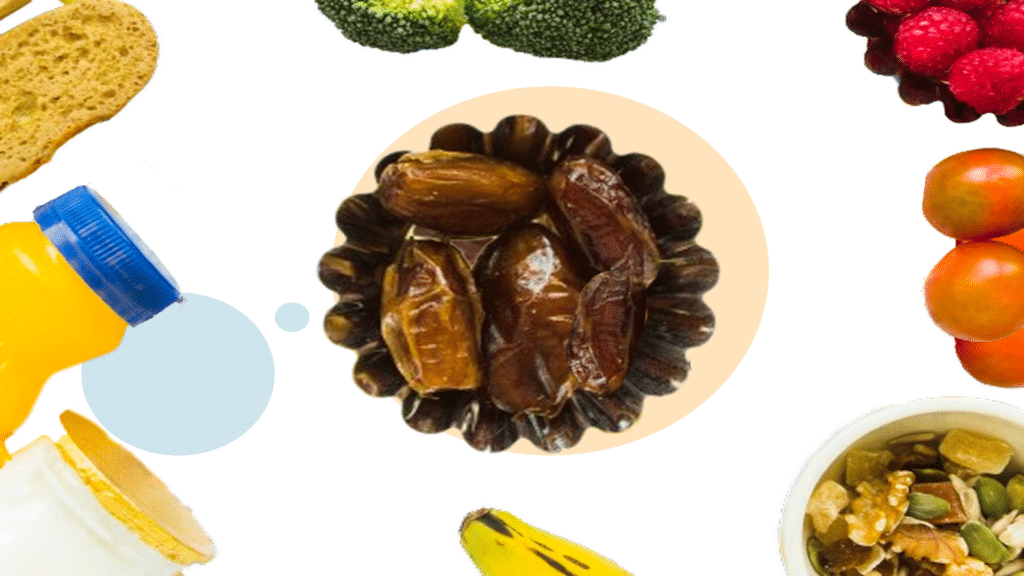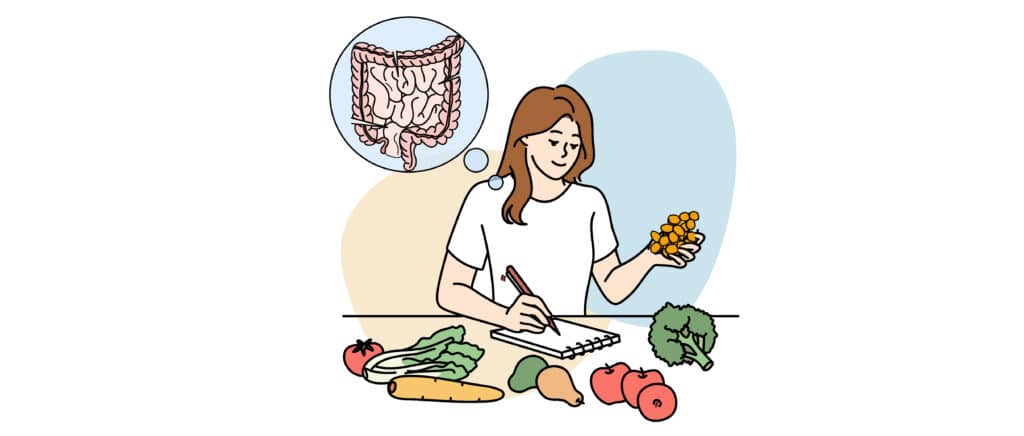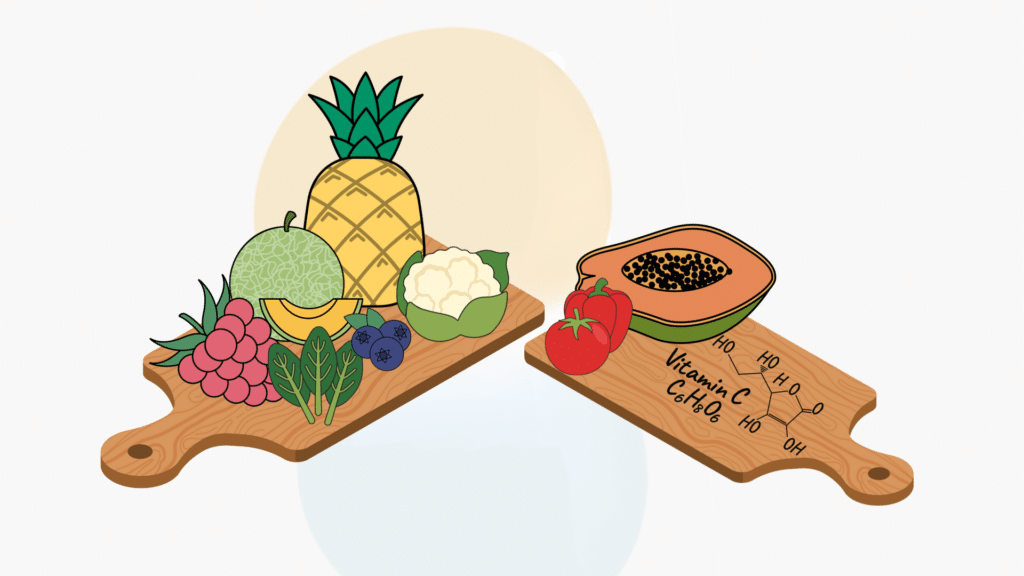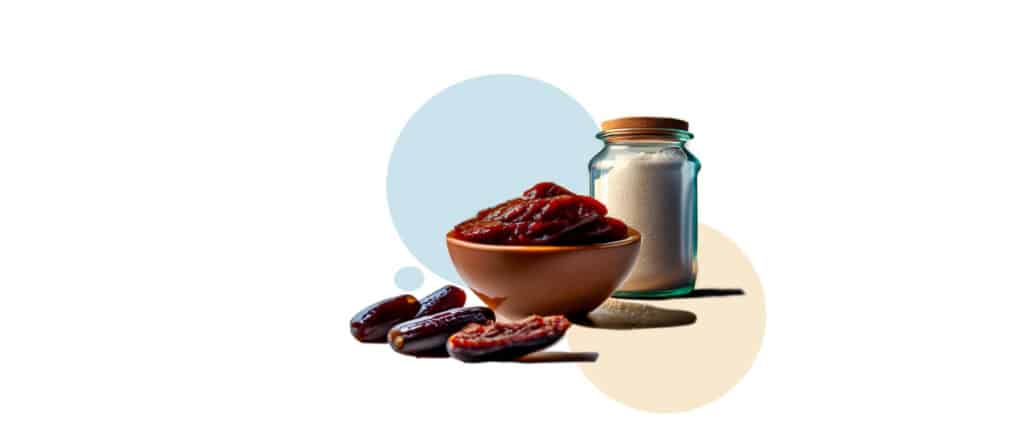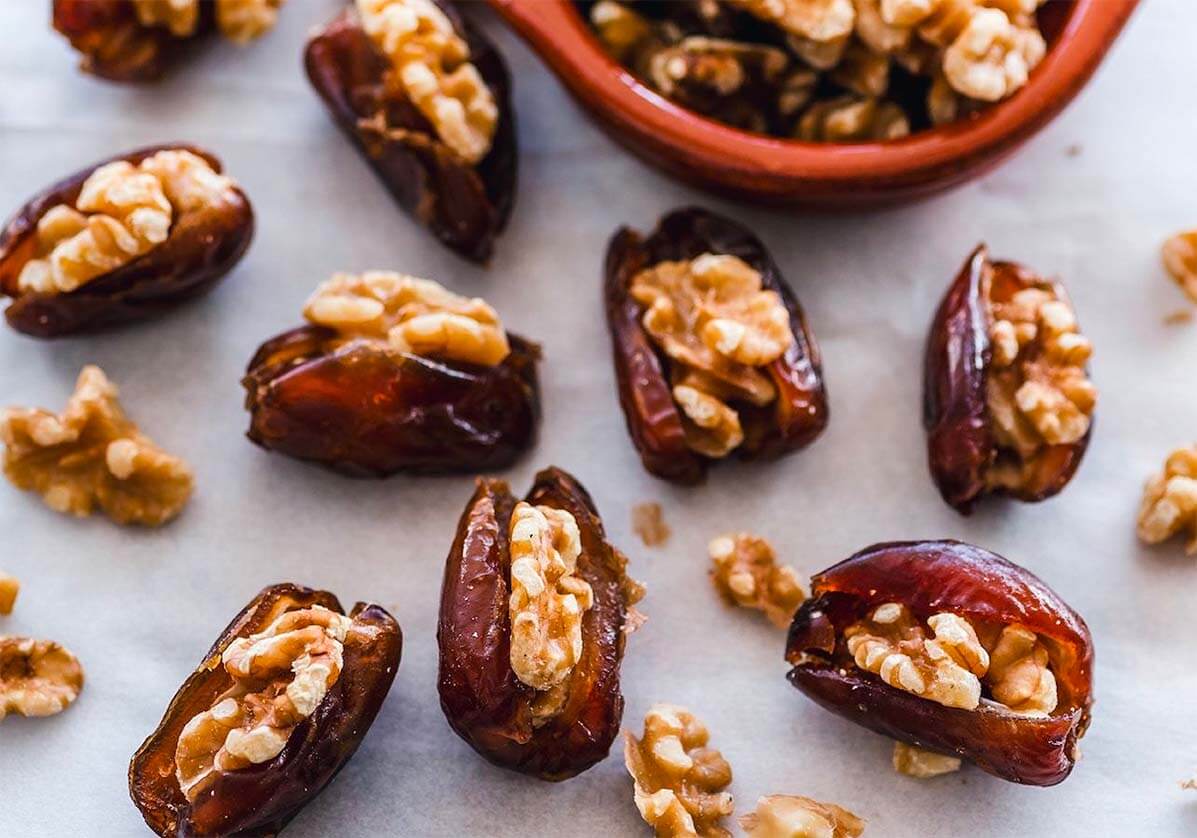Unveiling the Power of Healthy Fats: Your Guide to Nourishing Nutrition
- While fat is a loaded word, there are two forms of fats: healthy and unhealthy.
- Healthy fats are unsaturated fats and are found in vegetables, seeds, and fish.
- Unhealthy fats are trans and saturated fats, commonly found in processed foods.
- Limiting your unhealthy fats while eating more healthy fats is important for decreasing your heart attack and stroke risk.
Fats are commonly found in food. They all play important roles in your body. From providing energy, absorbing vitamins, to protecting your heart and brain health. You may have heard that eating fat directly translates to an increase in your waistline. However, the truth is that not all fats are the same.
The difference between good and “bad” fats is important to understand. Bad and unhealthy fats are responsible for the effects that we typically think of when hearing the word fat. These include weight gain, clogged arteries, and increased risk of health complications. On the other hand, healthy fats help manage your moods, fight fatigue, and keep you on top of your game.
Healthy fats are unsaturated fats, while unhealthy fats are trans-fat. Trans fats are typically artificially made. They are the worst type of fat because of the many unhealthy side effects typically associated with them.
“Good” and “Bad” Fats
Understanding the difference between “good” and “bad” fats is the first step in making informed dietary decisions. “Bad” fats include artificial trans fats and saturated fats. These two types of fat are typically blamed for the bad effects of fat. This includes weight gain, an increase in cholesterol, and an increased risk for certain health conditions. “Good” fats include unsaturated fats and omega-3 fatty acids. These types of fat are helpful in fighting fatigue and even controlling your weight.
Dietary Fats and Cholesterol
Dietary fat plays a major role in your cholesterol levels. Cholesterol refers to the waxy fat-like substance found within all of the cells in your body. It is essential in producing hormones, vitamin D, and the substances needed to help you digest your foods. In fact, most of these substances are derived from cholesterol themselves.
Your body can naturally produce all the cholesterol it needs. Thus, cholesterol by itself may not be “bad.” However, having too much of it can cause a negative impact on your health. Just like fat, cholesterol also has good and “bad” kinds.
Two Kinds of Cholesterol
1. High-density lipoprotein (HDL)
This is the good kind of cholesterol found in the bloodstream. HDL absorbs cholesterol and carries it to the liver. There it is flushed from the body. High levels of HDL are associated with lowering your risk for heart disease and stroke.
2. Low-density lipoprotein (LDL)
Low-density lipoprotein is the bad kind of cholesterol. This is because high levels of LDL can increase your risk for heart disease and stroke. This type of cholesterol can build up on the walls of your blood vessels. This build-up is known as plaque. Over time, this can cause the insides of the vessels to narrow. In turn, this narrowing blocks blood flow to the heart and other organs. This leads to chronic high blood pressure. In worse cases, it can lead to chest pains or a heart attack.
The best way to regulate your cholesterol levels is to control how much cholesterol you eat. You must also be aware of the types of fats you consume. Try to replace “bad” fats with good fats. This is done by focusing on eating more beneficial good fats from healthy sources and limiting how much harmful “bad” fats you eat.
“Good” Healthy Fats
Healthy fats include monounsaturated and polyunsaturated fats. They refer to fats that are loosely packed together and therefore are usually liquid at room temperature. They are beneficial as they can help lower the risk of heart disease and stroke.
Unsaturated fats also help lower LDL levels, promote HDL levels, and lower blood pressure. Because of this, they can also prevent the hardening and narrowing of arteries and lower inflammation.
In order to add more healthy fats to your diet, it is best to eat a diet rich in vegetables, fruits, nuts, beans, fatty fish. Try doing this at least two or more times a week. Meanwhile, dairy, red meat, and especially fried or processed foods must only be eaten occasionally.
For example, replacing fried chicken with grilled chicken is a great start. You can also try swapping out red meat for other protein sources like fish, chicken, or beans. Using olive oil over butter is also a great and easy way to make healthy swaps in your diet. In addition, we recommend following a Mediterranean diet. This will ensure that you get enough good fats and limit the “bad” ones.
In addition, adding more of these healthy fats to your diet can reduce hunger and keep you satiated for longer. This can help in weight loss. Sources of monounsaturated fat include olive oil, avocados, olives, nuts, and peanut butter. Polyunsaturated fat sources include sunflower seeds, walnuts, fatty fish like salmon, soymilk, and tofu.
“Bad” Unhealthy Fats
Trans fats
Naturally occurring trans fats, or unhealthy fats, are found in meat and dairy products. However, the most dangerous ones are artificial trans fats. Trans fats are also called trans-fatty acids. They are a form of unsaturated fats that have been artificially changed to extend shelf-life.
They are responsible for raising “bad” LDL levels and lowering good HDL levels. Trans fats are also associated with creating inflammation, which is correlated to heart disease, stroke, and other chronic conditions.
More importantly, trans fats are heavily related to they are closely related to insulin resistance, further increasing your risk of developing Type 2 diabetes. As a result, the U.S. Food and Drug Administration (FDA) banned artificial trans fats in commercially prepared food.
However, it is important to carefully read food labels. Some products may be listed as having zero trans fats while still containing up to 0.5 grams of trans fat per serving. In addition, it is important to look for ingredients labeled as partially hydrogenated oils as these are hidden sources of artificial trans fats. No amount of trans fat is considered safe. Therefore, it is best to try and remove all artificial trans fat from your diet.
Trans fats can be found in commercially baked goods, packaged snack foods, and fried foods. Also be wary of stick margarine, vegetable shortening, and anything containing hydrogenated or partially hydrogenated vegetable oil.
Saturated Fats
Saturated fats may not be as harmful as trans-fat. However, they can still raise your “bad” LDL cholesterol. Therefore, it is best to eat them in moderation. We recommend limiting your saturated fats to 10% of your daily calories. Sources of saturated fat include red meat, chicken skin, and whole-fat dairy products. Butter, ice cream, and lard also contain a sizable amount of saturated fats.
It is important to limit “bad” fats while eating “good” fats. While the concept of “good” and “bad” fats may be difficult to implement in your diet, the best thing to do is to eat a wide range of foods. You can also make some simple healthy swaps. For example, try limiting the number of processed foods you eat. They contain a significant amount of trans fats and saturated fats. Instead, eat good monounsaturated and polyunsaturated fats found in vegetables, nuts, seeds, and fish. It is important to eat enough healthy fats to promote HDLs and lower your LDLs. This will help limit your chances of having a heart attack and stroke.
Summary
Monounsaturated and polyunsaturated fats are healthy kinds of fats, while saturated and trans fats are unhealthy types. Healthy fats lower your levels of “bad” (LDL) cholesterol while raising your levels of “good” (HDL) cholesterol. On the other hand, unhealthy fats raise your “bad” cholesterol levels. High levels of “bad” cholesterol contribute to an increased risk of heart attack or stroke. Therefore, it is best to limit how much unhealthy fats are part of your diet while incorporating healthy fats into your diet.
Scientific Information
- Insulin resistance: the increased inability of your body to process sugars and convert them into energy. This syndrome is heavily associated with a chronic increase in blood sugar levels and diabetes.
- Mediterranean diet: a healthy and sustainable dietary pattern. It focuses on plant-based foods, healthy fats, and seafood.



